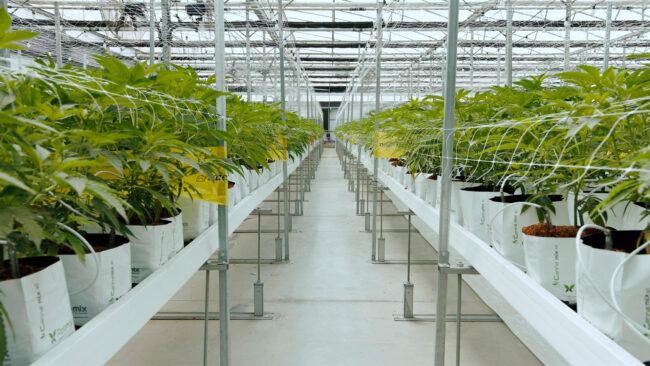At Gonvarri AgroTech, we strive to provide relevant information and useful solutions regarding the latest agricultural trends. Today, we aim to share a comparison between two cultivation methods: hydroponic greenhouse farming and conventional greenhouse farming.
– Nutrient Control:
Hydroponics: Allows precise control over the nutrients provided to plants, ensuring optimal nutrition at all times and mitigating potential nutritional imbalances that may occur with soil-based cultivation.
Conventional: While it’s possible to add nutrients to the soil in a conventional greenhouse, precise control may be more challenging to achieve, leading to variability in crop quality and yield.
– Space and Plant Density:
Hydroponics: With this cultivation system, plants can be placed closer together, increasing planting density and yield per square meter, thus optimizing available space. Additionally, hydroponic cultivation isn’t reliant on soil quality, enabling agricultural plantations without concerns about land issues and potential diseases.
Conventional: Plant arrangement in a conventional greenhouse may be constrained by soil and other factors, impacting planting density and significantly reducing yield per unit area.
– Costs and Maintenance:
Hydroponics: While the initial installation of a hydroponic system may be more expensive, long-term production costs can be lower due to resource efficiency, such as water and nutrients, ensuring a profitable long-term investment.
Conventional: Conventional greenhouses may have lower initial costs, but long-term production costs could be higher due to more intensive resource usage and the need to maintain soil quality.

